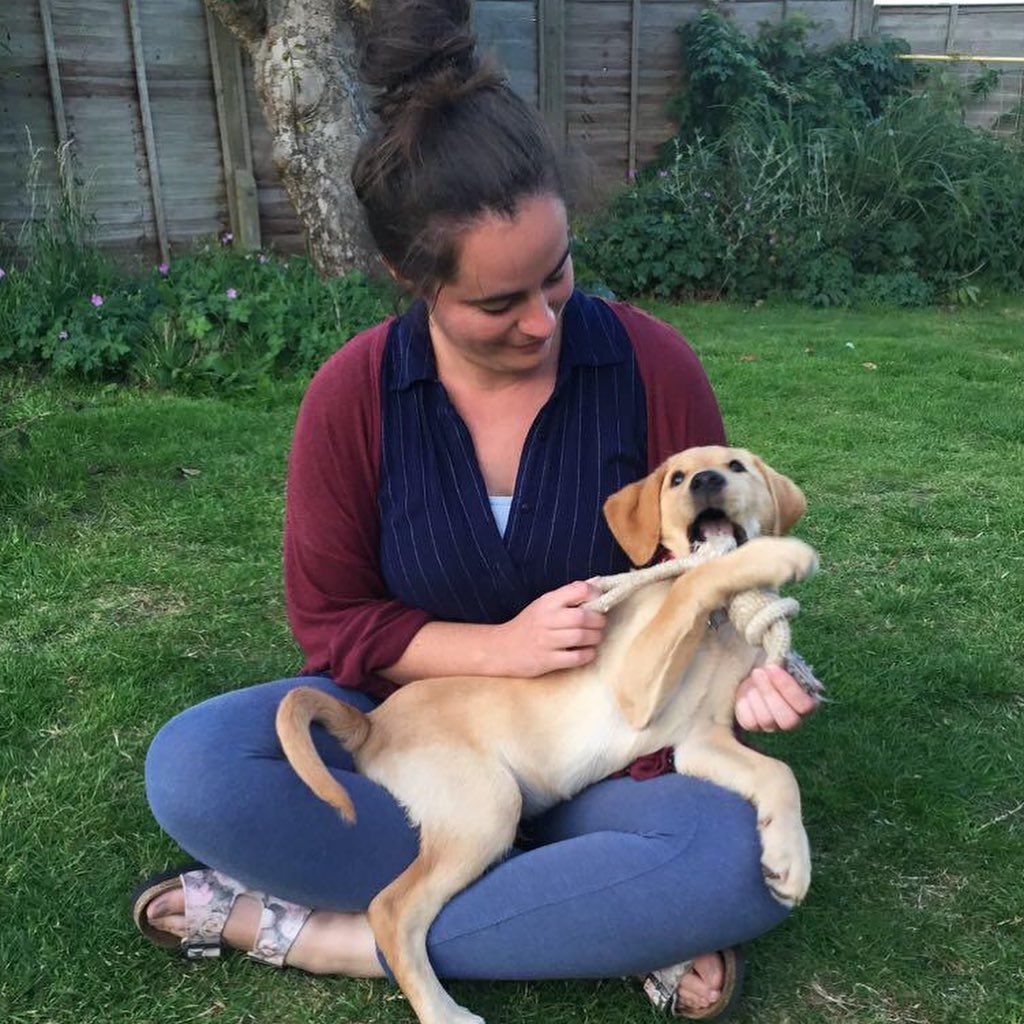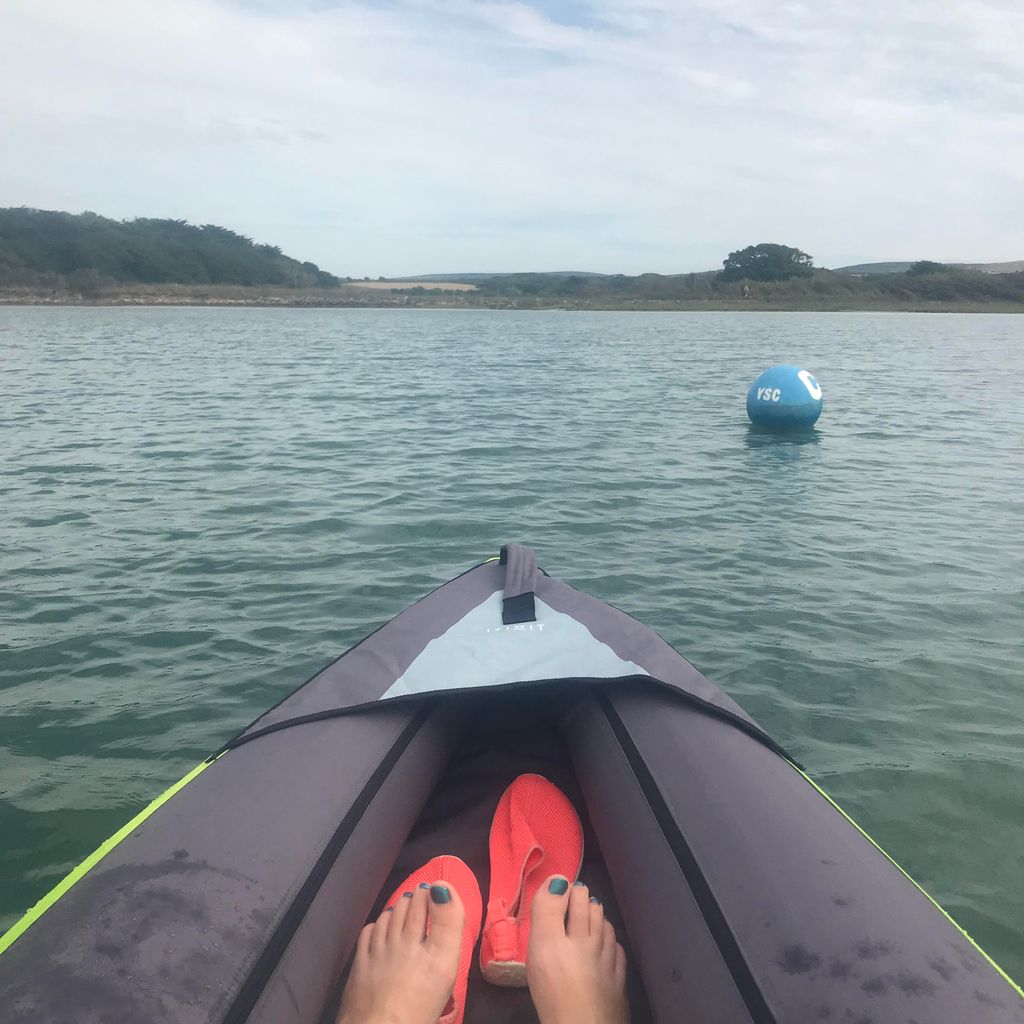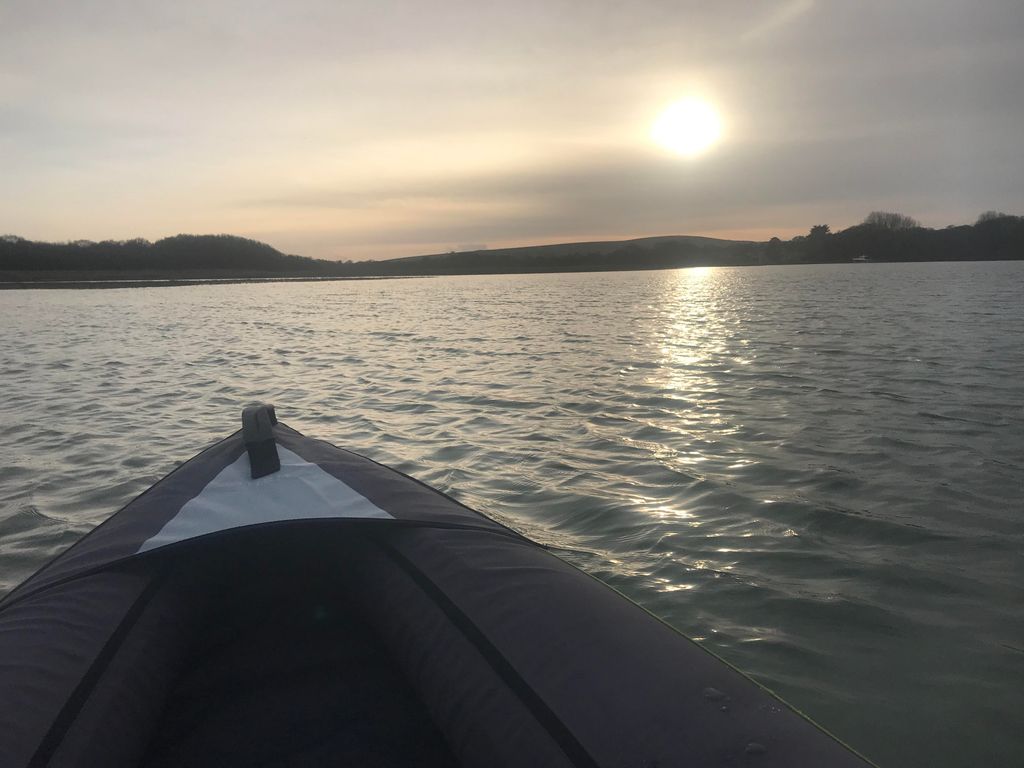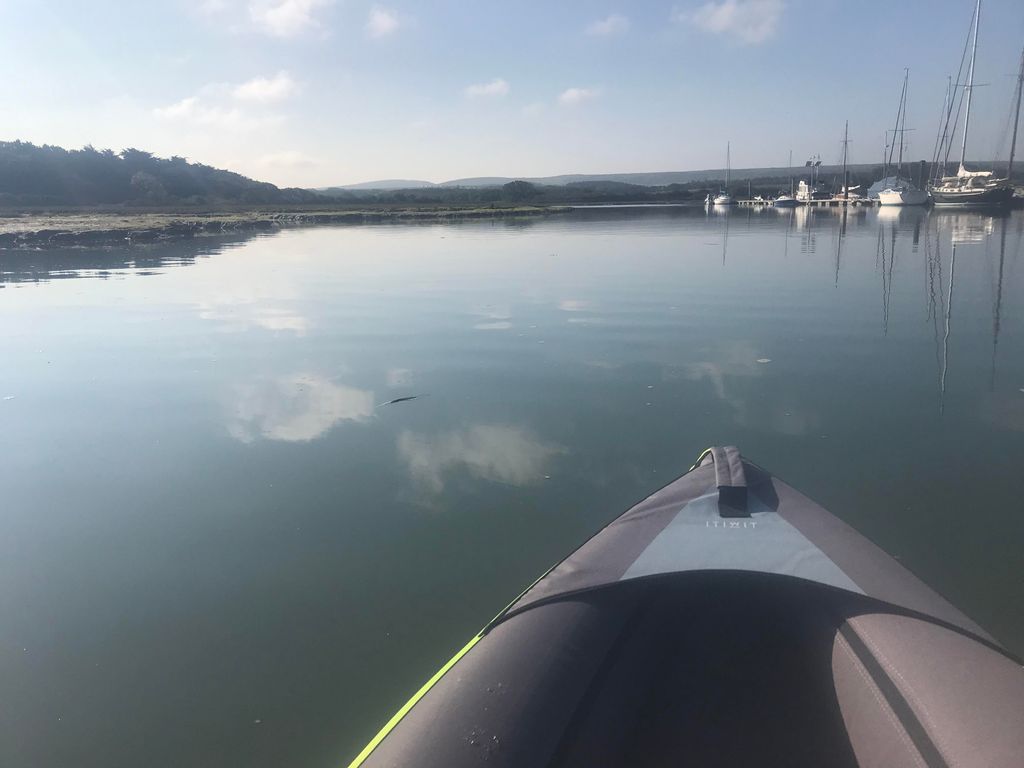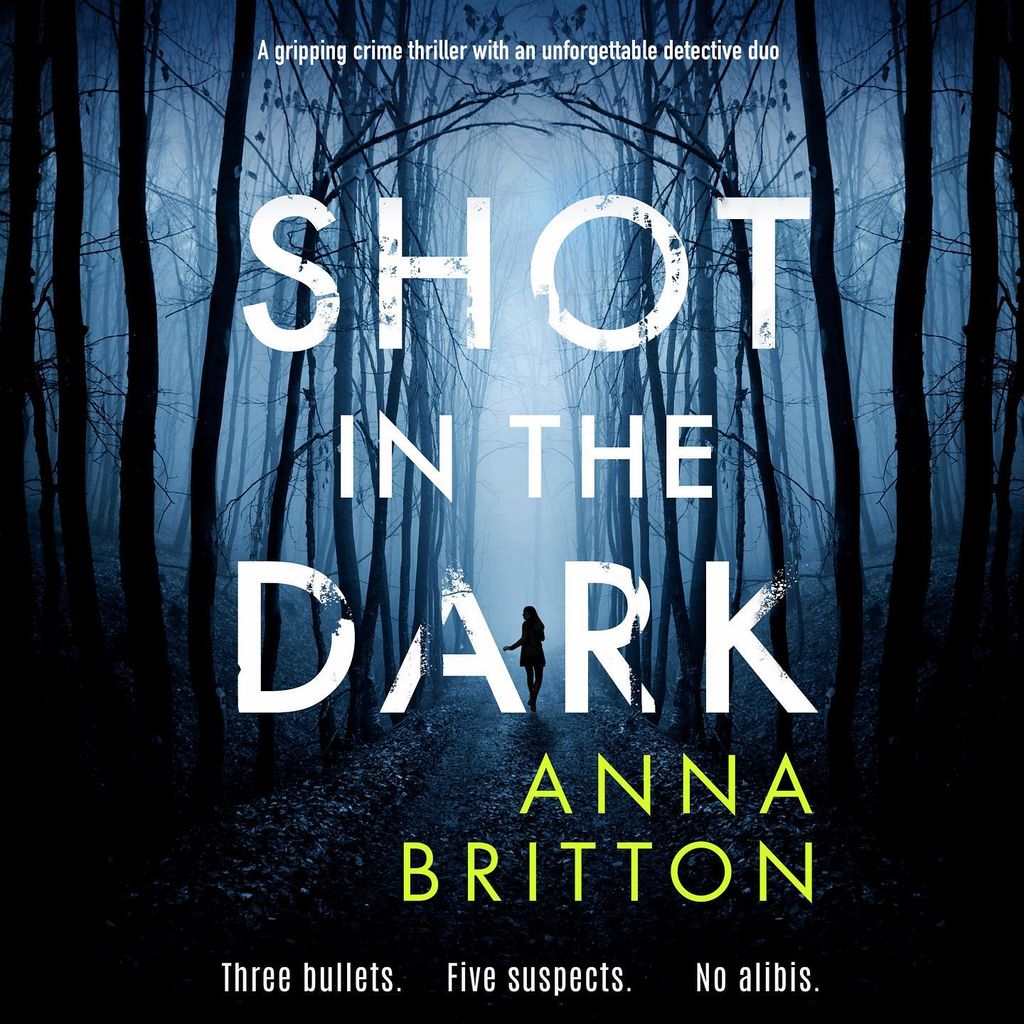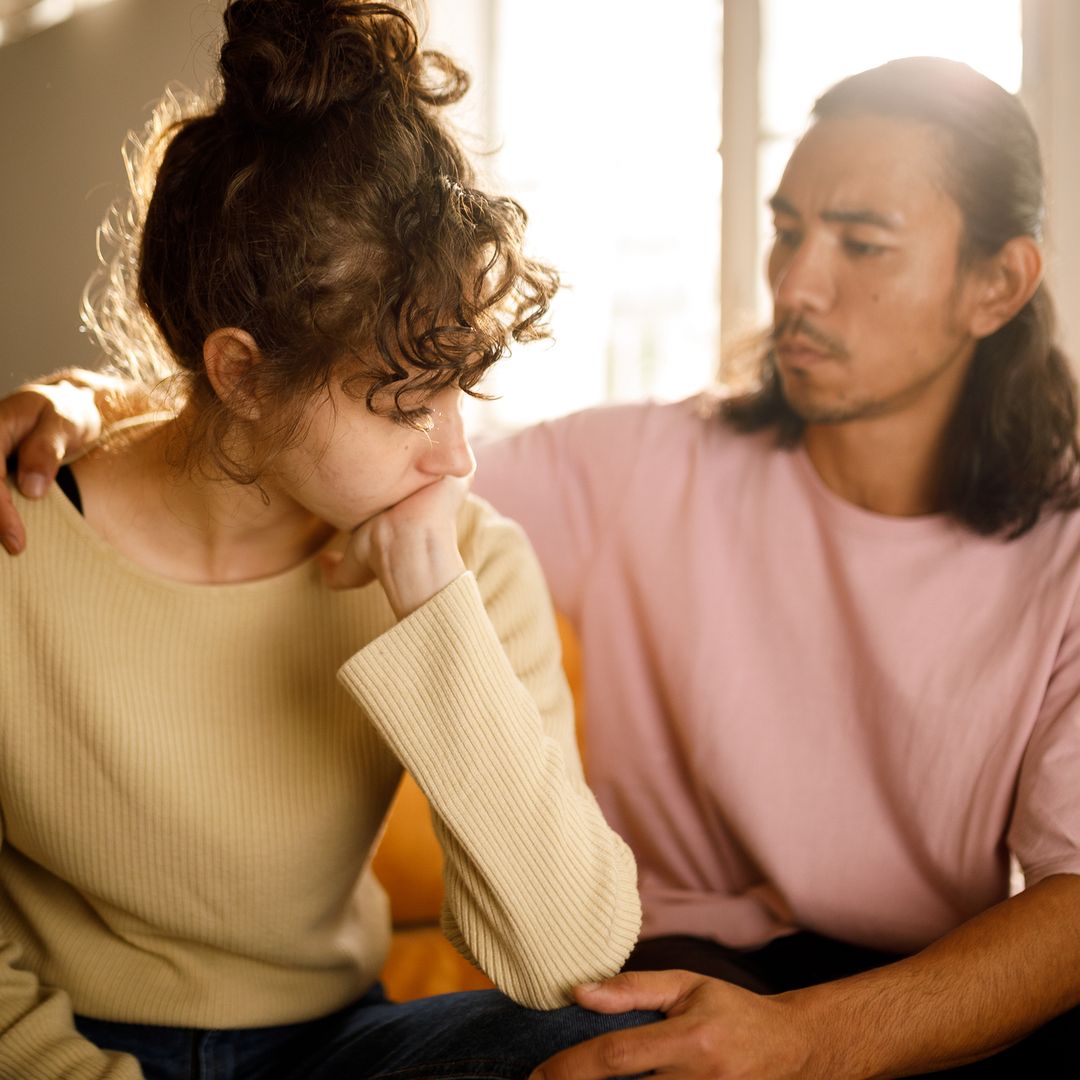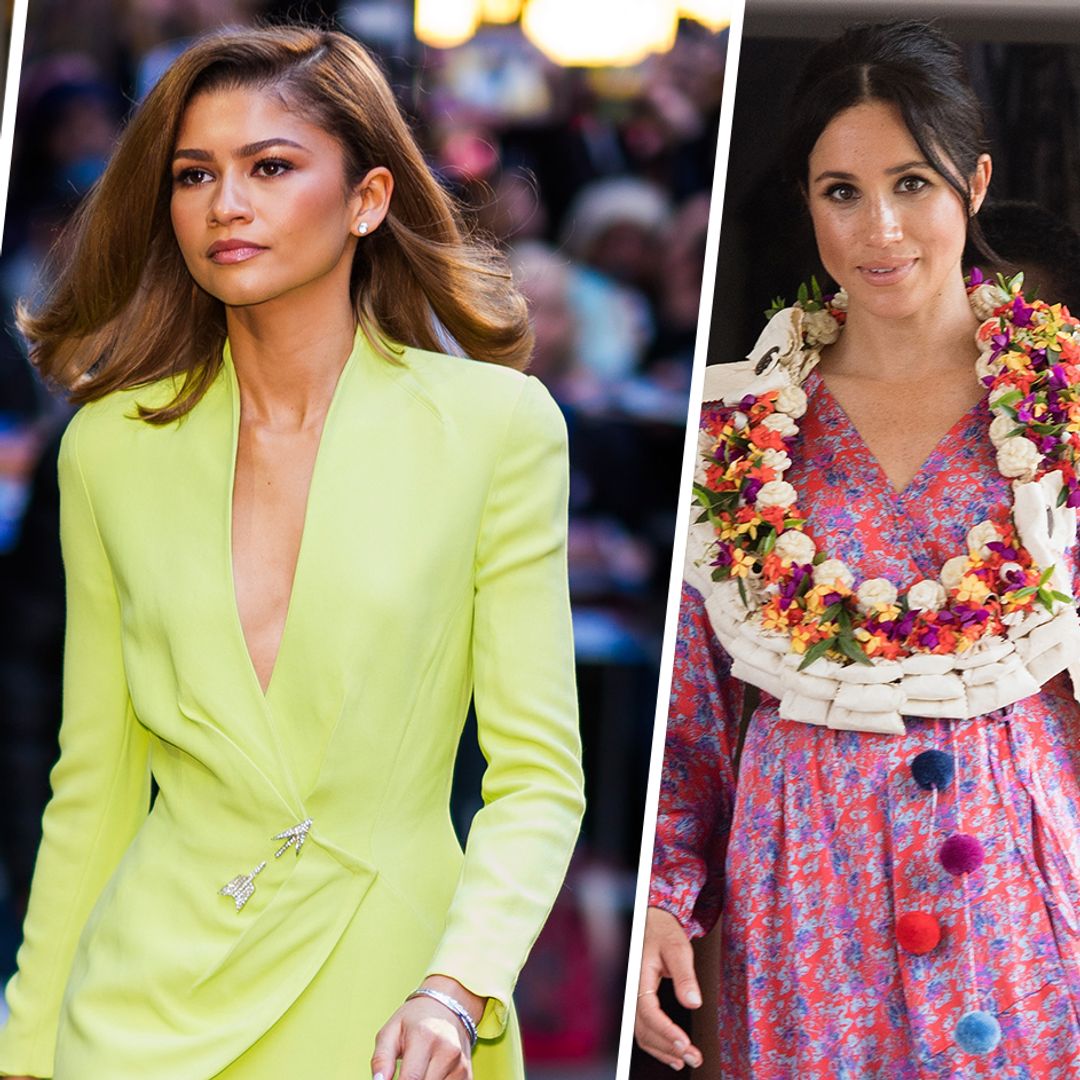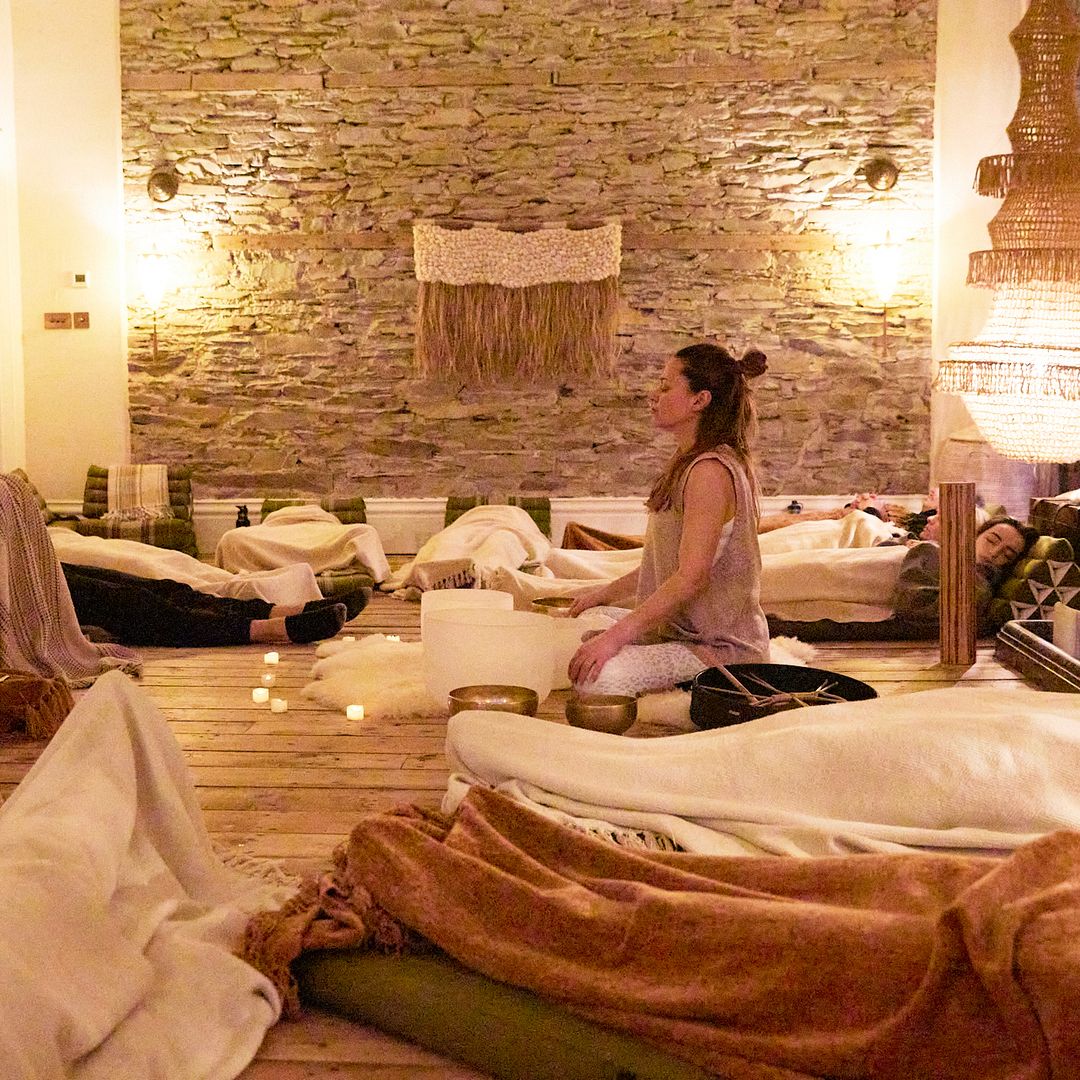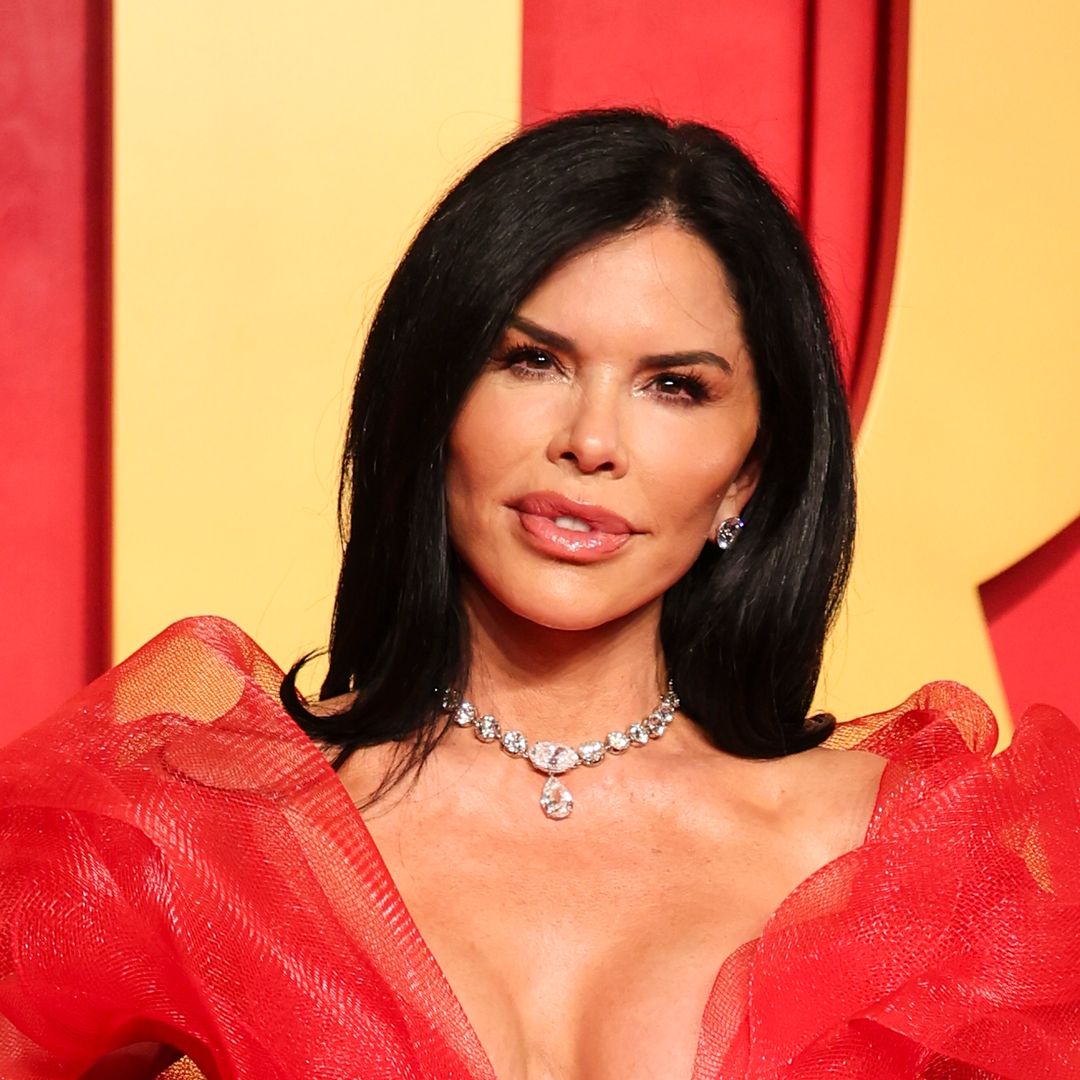I’ve had PTSD for my whole adult life. For years it was undiagnosed, so I chalked the intense fearfulness I felt at times up to anxiety. It was only after getting a puppy who wouldn’t stop barking that I realised something else was going on.
I thought my home had been invaded and I felt deeply unsafe. Diagnosis and counselling helped me to see that the fear I often felt was triggered by things that had happened in my past, rather than a genuine response to what was happening in the present.
I find that my PTSD comes and goes in waves. It never fully leaves, so being aware of things that may trigger me and holding tight to my grounding mechanisms is always a must. But I do have weeks and months where things feel much less turbulent.
Sadly, there are also times when my PTSD flares. Small things will trigger a fear response and I have to take a lot more time to ground myself back in the present.
These flare-ups are tiring, especially as they often coincide with bouts of sleeplessness and nightmares. The juggling act of calming my mind while also struggling with lack of sleep and lack of patience with myself can sometimes feel hopelessly tough.
Before being diagnosed, I spent a lot of time trying to talk myself down from fearful responses. Over and over in my head, I’d tell myself that a situation wasn’t as bad as I was making it out to be. I’d run over the steps I needed to take and make detailed plans. It didn’t help, because fear isn’t logical. It can’t be reasoned away.
How I manage PTSD
Part of what I’ve learnt during counselling is that when I’m triggered, large parts of my brain literally shut down. The parts that can interact with reason and logic are overruled by a more instinctual and feelings-based parts.
When I’m triggered, the best thing to do is to ignore the alarm bells and shouted thoughts in my mind and focus on the here and now.
I move my toes, look for objects of different colours, engage my senses. Only once my brain is functioning wholly again, can I reconnect with reason and work towards a solution to whatever problem I’m encountering.
READ: How gardening helped me navigate my year of heartbreaking loss
Living with PTSD
Living with PTSD is a balance between dealing with triggers as they occur and looking after myself so that when I am triggered, I’m in the best possible place to deal with it.
There are lots of things that help quiet my mind and enable me to find peace and rest. Reading is one of these, and writing. They help me to focus on one task, quieting the hypervigilance that whirs through my mind a lot of the time.
How nature helps with PTSD
Walks with my dog are also helpful. I make sure to walk him every morning and I can feel it in me when we miss one due to the busyness of life or horrible weather.
Being outside, breathing fresh air and looking around at the changes the seasons causes on the places I pass brings a stillness to my mind that is hard to find elsewhere.
How kayaking helped with PTSD
Kayaking is another way to quiet my mind. It’s more forceful than reading or going on a walk because it’s physically and mentally demanding.
While I’m out on the water, I’m fully focused on what I’m doing right in that moment. There’s no space to think of anything else as I’m steering clear of riverbanks or paddling against the wind.
READ MORE: How nature helped me reconnect with myself after my parents died
Even in the still moments, being out on the water is a consuming experience. There’s so much to look at. Simply being and breathing feel good when I'm in my kayak.
My mind is peaceful during each kayak, but afterwards, I feel the benefits too. I know I’ve achieved something difficult. I’ve challenged myself. PTSD can sometimes make even the smallest tasks feel difficult and insurmountable, so doing something that pushes me is concrete evidence that I’m capable of far more than my fearful brain would have me think. I’m also often so physically tired after kayaking that sleep comes easily.
I began kayaking as a teenager, but fell out of it when I moved to Surrey for university. Ten years later, I moved back to the Isle of Wight and the water called to me! I got an inflatable kayak and have been out on the water whenever I can ever since.
I was quite nervous the first time I went out alone. I was solely responsible for my safety. I checked and rechecked that the kayak was properly inflated and that my phone was safe in its waterproof pouch and that my life jacket was tight before I finally went out on the water.
Kayaking soothes my anxiety
As I paddled, the nerves gradually fell away. They were replaced by the peace the water always offers and pride. I had done this thing I really wanted to do – I’d made a good thing happen for myself.
There is just something about being out on the water that calms my mind. I don’t know if it’s the physical exertion of kayaking, but I don’t have much space for fearful thoughts when I’m paddling along.
I think there’s something about floating, being held aloft by the water. It’s peaceful in a way that I can’t quite capture anywhere else. I bob on top of the waves, the wind gently threading through my hair, and I feel stillness.
Pre-order Anna Britton's novel, Shot In The Dark, out 26 October


